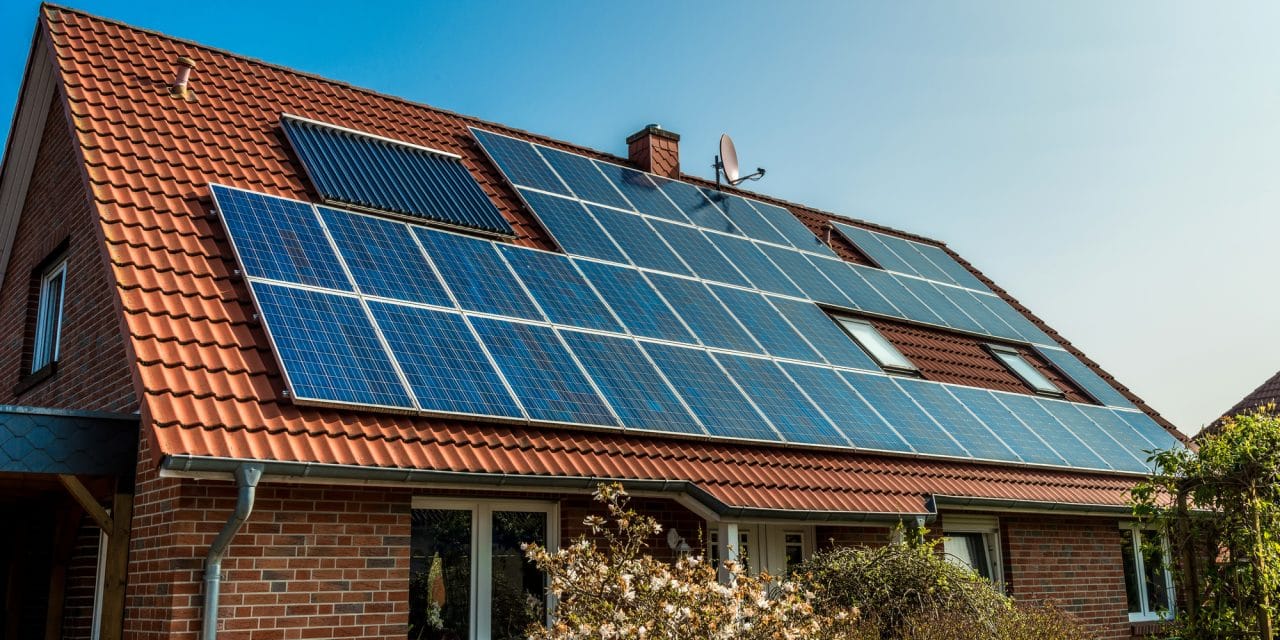Neglecting Roof Covering Air Flow Can Result In Costly Damages; Discover The Crucial Elements That Ensure A Successful Installment And Guard Your Financial Investment
Neglecting Roof Covering Air Flow Can Result In Costly Damages; Discover The Crucial Elements That Ensure A Successful Installment And Guard Your Financial Investment
Blog Article
Short Article By-Balle Brooks
When you're dealing with a roof covering task, you might not assume much about roofing system ventilation, however it's more crucial than you recognize. Efficient air flow assists regulate temperature and moisture in your attic room, preventing troubles like mold and mildew and architectural damage. By understanding how to create and set up a well balanced ventilation system, you can enhance power performance and prolong the life-span of your roofing materials. So, what are the essential factors to take into consideration throughout installation that can make all the difference?
Value of Roofing Air Flow
Roofing air flow plays a critical duty in keeping the total health and wellness of your home. By allowing fresh air to circulate through your attic room, it aids manage temperature level and moisture levels. This equilibrium is necessary to protect against warmth accumulation throughout hot months, which can result in increased energy costs as your air conditioning burns the midnight oil.
In addition, appropriate ventilation substantially lowers the danger of moisture-related problems like mold and mildew and mildew. If humidity degrees increase, your home's architectural stability can be endangered, resulting in pricey repair work. You wouldn't wish to handle deteriorating timber or deformed roof covering products, right?
In addition, ample ventilation prolongs the lifespan of your roof. When warm and wetness are kept in check, your roofing can do optimally, avoiding early damage. This means fewer migraines and costs down the line.
How Roof Covering Ventilation Functions
Reliable roofing ventilation depends on the all-natural motion of air to create an equilibrium between intake and exhaust. When you set up vents, you're essentially allowing fresh air to enter your attic while making it possible for hot, stagnant air to run away. This procedure helps manage temperature level and wetness levels, protecting against problems like mold and mildew growth and roofing system damage.
Intake vents, usually located at the eaves, pull in amazing air from outside. On the other hand, exhaust vents, situated near the ridge of the roofing, allow hot air rise and departure. The difference in temperature develops an all-natural airflow, called the pile result. As warm air surges, it develops a vacuum cleaner that pulls in cooler air from the lower vents.
To optimize this system, you need to make sure that the consumption and exhaust vents are appropriately sized and positioned. If the intake is limited, you will not achieve the wanted air flow.
Also, inadequate exhaust can trap heat and moisture, bring about prospective damage.
Secret Installment Considerations
When mounting roofing system air flow, a number of essential factors to consider can make or damage your system's efficiency. Initially, you need to evaluate your roof covering's layout. The pitch, shape, and materials all affect airflow and air flow selection. Make read full article to choose vents that match your roof kind and local environment problems.
Next, take into consideration the placement of your vents. Ideally, you'll desire a balanced system with consumption and exhaust vents placed for optimum air movement. Location intake vents short on the roof and exhaust vents near the peak to urge an all-natural flow of air. This setup helps prevent dampness accumulation and advertises energy efficiency.
Don't forget about insulation. Correct insulation in your attic room prevents warm from getting away and maintains your home comfy. Make sure that insulation does not obstruct your vents, as this can prevent air movement.
Last but not least, consider maintenance. Pick air flow systems that are easy to access for cleansing and assessment. Regular upkeep ensures your system remains to work effectively over time.
Final thought
Finally, roof air flow is crucial for an effective installation. By making certain proper airflow, you can avoid heat buildup and moisture issues that cause expensive damages. When you tactically setting consumption and exhaust vents, you enhance power efficiency and prolong the life-span of your roof covering. Remember, a well-ventilated roofing system not only safeguards your investment yet likewise improves your indoor air quality. So, focus on air flow to make certain a resilient and cost-effective roof for your home.
